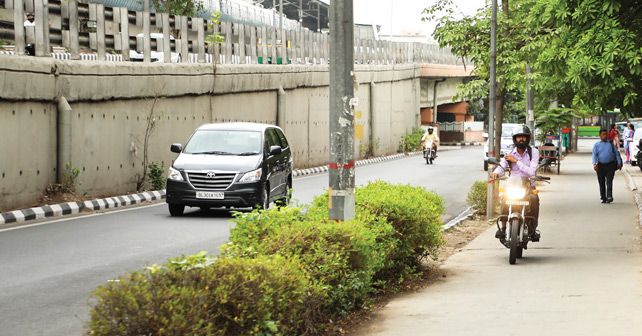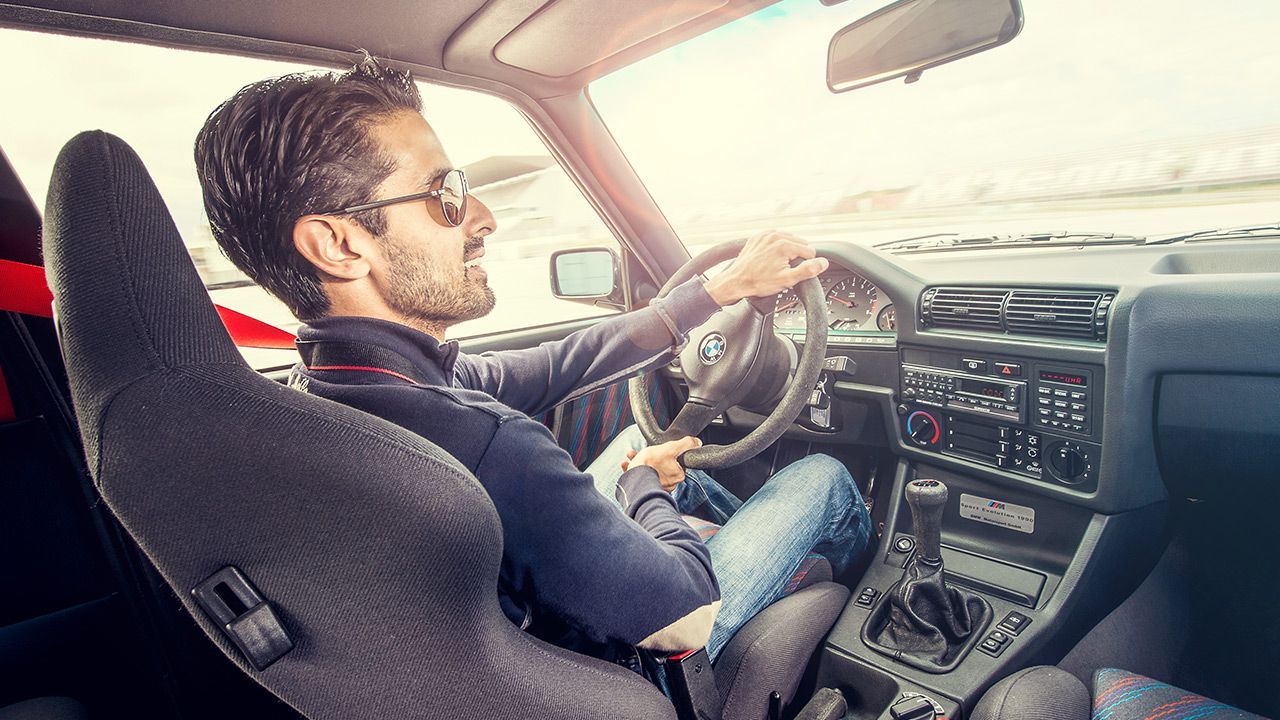Maruti Suzuki, Delhi Police start Traffic Violation Monitoring System
For the first time in New Delhi, the Delhi Police and Maruti Suzuki have joined hands and have launched Delhi's first automated Red Light Violation Detection and Speed Violation Detection System.

It's not a secret that many people in India don’t hold traffic laws in high regard. Given our large population and the presence of millions of cars on roads of major cities, traffic conditions are always a nightmare. This makes it incredibly difficult for traffic police to monitor and regulate traffic violators. Traffic police of all major cities are also usually underpowered, both in terms of manpower and technology, to combat everyday traffic violations. Today, the infrastructure in India is slowly improving, and many cities have now taken advantage of new technology to fight traffic violators. Cities like Mumbai and Kolkata have already implemented red-light violation detection systems and speed violation detection systems using cameras. Now, for the first time in New Delhi, the Delhi Police and Maruti Suzuki have joined hands and have launched Delhi's first automated Red Light Violation Detection and Speed Violation Detection System, also called RLVDS and SVDS.
This new initiative was launched in collaboration with the Delhi Traffic Police and Maruti Suzuki India, and according to the carmaker, the whole idea took birth at a meeting between Shri Anil Baijal, Lieutenant Governor Delhi, and Mr R C Bhargava, Chairman, Maruti Suzuki, last year.
With this new initiative, Maruti Suzuki and the Delhi Police aim to provide safe driving experiences to motorists and help pedestrians while crossing roads. Hopefully, with this new technology coming into place, a lot of accidents and fatalities at junctions will be reduced.
The completely automated system, from violation capturing to the issuance of e-challans, is expected to strengthen the rule reinforcement with transparency. It is also expected to increase awareness on pedestrian safety and help in smooth traffic movement. As of now, the automated systems are up and running along the 14km Ring Road corridor between Dhaula Kuan and Sarai Kale Khan.
How does the system work?
Like all other high-tech traffic monitoring systems across the world, the new RLVDS and SVDS in Delhi use sophisticated 3D radars and over 100 high-resolution cameras to track vehicles. These cameras capture multiple offences such as red-light violations, over-speeding, stop-line violation and driving on the wrong side of the road. The cameras will capture the registration number of the violating vehicle. The system then automatically encrypts and transfers the data of the violation to the centralised server at the Delhi Traffic Police Headquarters in Todapur, near Naraina. The system generates the e-challan along with photo evidence and sends it to the violators through SMS, email or post. The system is also capable of doing data-analytics and generating trend reports for monitoring system-effectiveness and efficiency.





Write your Comment on